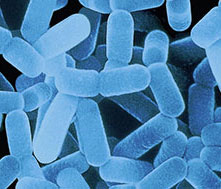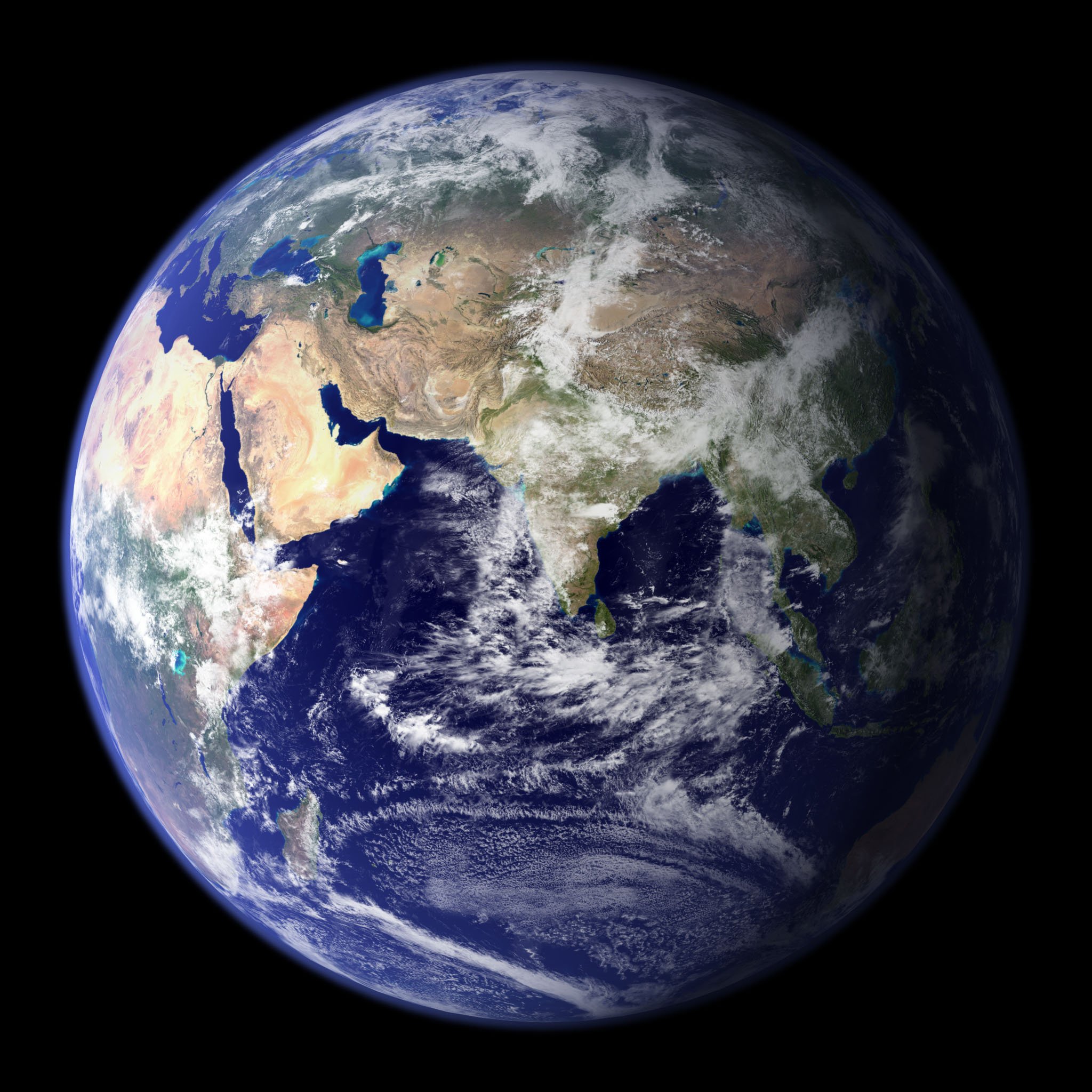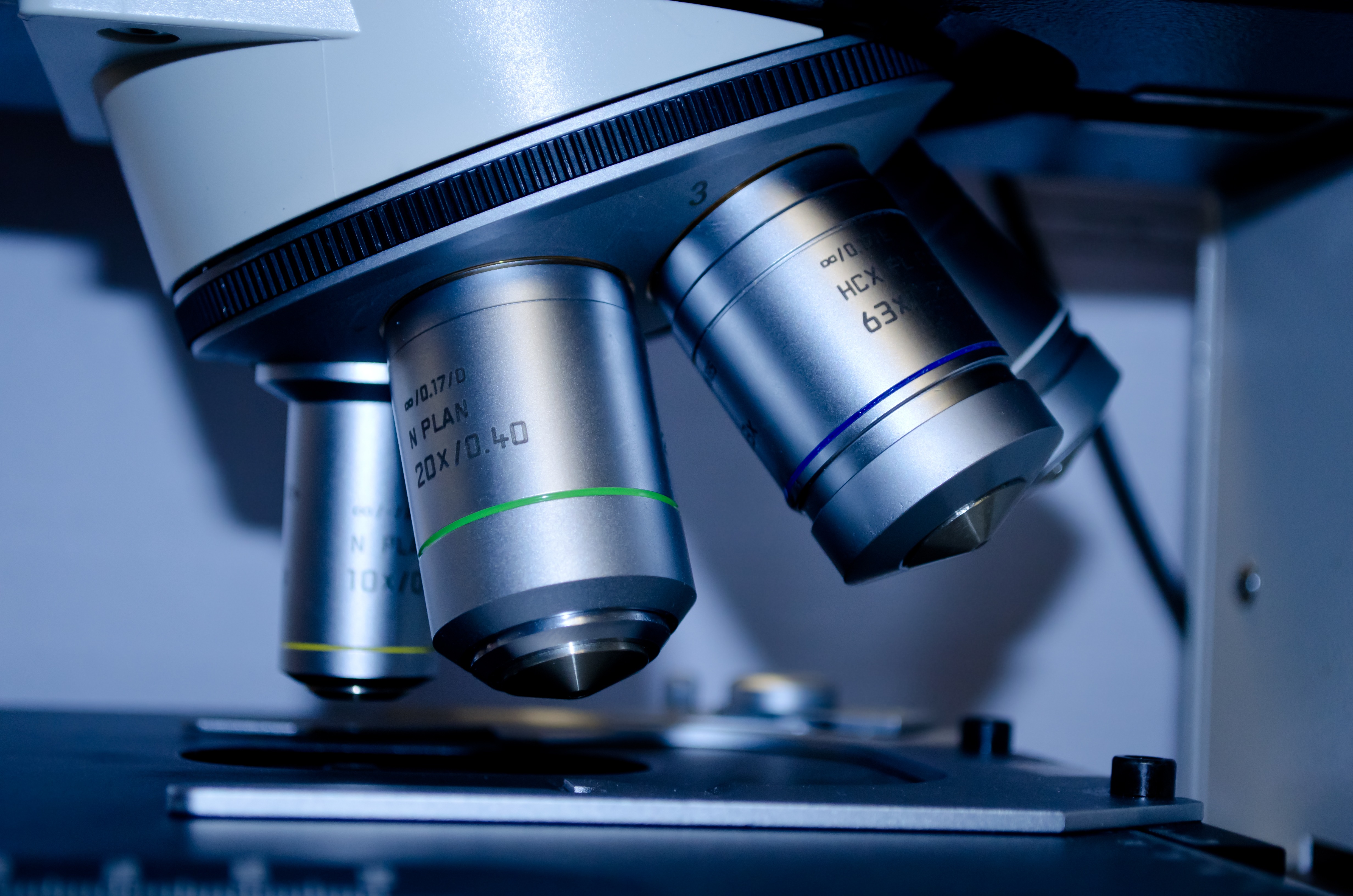Bacteria: an overview
Without bacteria, there would be no life on earth: simple as that. Bacteria are one of the world’s most abundant organisms, found in soil, water, food, air... and of course, the human body.
What are Bacteria?
Bacteria were the first living things to appear on Earth, about four billion years ago, making them some of the oldest known life forms on the planet.
Bacteria are single-celled microorganisms that are so small you need a microscope to see them. They are classified into 5 groups according to their basic shapes: spherical (cocci), rod (bacilli), spiral (spirilla), comma (vibrios) or corkscrew (spirochaetes). They can exist as single cells, in pairs, chains or clusters. Some look like sausages, some like footballs, other like strings of beads.
The bacteria found in Yakult are rod-shaped.

Where do I find bacteria?
Everywhere! Bacteria can be found in soil, in water, and on almost every surface around you. Some also live in or on other organisms including plants or animals – as well as us humans! Bacteria can live in the most unlikely and extreme of habitats from hot springs to the icy Artic, the desert, or even the deepest part of the ocean.

Can I see bacteria?
Not without a microscope! Bacteria are single-celled microorganisms that are far too small to be seen by the human eye. Bacteria are measured in micrometres (µm). One µm is one-thousandth of a millimetre, or in other words 10,000 µm is 1 centimetre. Several hundred bacteria could comfortably sit on the full-stop at the end of this sentence.




